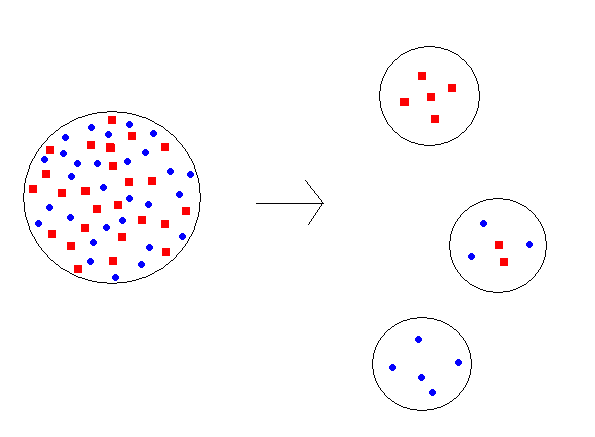My deepest apologies to readers of this blog but I'm not really dedicated these last weeks and I'm not really sure when I'll be able to take back. Whatever the case, here goes a review of what has caught my attention in the last eight days:
Iberian (or Tartessian) scripts in the Iruña-Veleia grafitti? That is what prolific researcher Antonio Arnaiz-Villena, with Diego Rey on this occasion, claims at an online manuscript ··> Iberian scripts/graffiti in Iruña-Veleia (PDF, in English), found via Ostraka Euskalduna[eu].
The finding adds credibility to the collection as a whole because, in order to falsify so many different things so well, Eliseo Gil must not have been some sort of evil genius but a true god.
 |
| Key piece where an unmistakable Tartessian sign transcribed as either BE, R or RI |
For background on this issue see category: Iruña-Veleia at my old blog Leherensuge or at this very blog.
The Djive Babe Neanderthal-made flute is a true flute and there is no carnivore accident in its design, shows new research (PPV) ··> Neanderfollia[cat].
Indeed: it has been reconstructed and music was produced with it, only the most stubborn could deny it was a true flute:
Claims of 'oldest Acheulean hoard (left, 1.76 Ma old) come 8 years too late, as John Hawks explains: if you can read French, you're eight years ahead of Nature.
Anyhow, for those who can't read French... the most hyped journal ever has a free access article for you ··> Nature, also at SD.
Woolly rhinos are a well known feature of Ice Age Eurasia but how did they evolve? Apparently they did so in the cold highlands of the Tibetan Plateau ··> Science News.
Neolítico de la Península Ibérica blog[es] discusses a new paper on the changes on seafood between Late Upper Paleolithic and Neolithic in Cantabria: in the transition to Epipaleolithic, the cold water species are replaced by those of warmer waters but no change in size is appreciated among those cold water mollusks that survive the changes. However with the arrival of Neolithic their size decreases notably, suggesting overexploitation by humans ··> Neolítico de la Península Ibérica: Recursos marinos en la prehistoria cantábrica[es] (it includes a lot of images from the paper, labeled in English).
Celtic British town bigger than thought as suburbs come to light ··> The Guardian.
Claims of admixture with archaics also in Africa... but they make no sense whatsoever (35 Ka ago? C'mon!) and have no real evidence behind, just the finding of rare alleles being common in certain populations, what is absolutely normal and is known as founder effect ··> SD.
Illustration of founder effect (from WP) with just two alleles:
International Conference In the wake of the Basque whalers in Bilbao, Basque Country. Schedule and other information at this PDF.


Tartessian has been shown to be Celtic, so what does this mean, finding it so far North in Iberia?
ReplyDeleteTartessian has NOT shown to be Celtic at all. Some guy named Koch argues that but his transcriptions are most questionable and my alternative transcriptions actually sound "Basque" in some cases at least, as does regular Iberian.
ReplyDeleteTartessian is NOT Celtic.
Anyhow, what we have here is a Tartessian script and NOT Tartessian language (it could be but not even suggested yet). Iberian script is known in the area, however this particular character was not till date. Finally the pot could well have been imported.
ReplyDeleteIts finding in a context that has the only known Basque texts (other than funerary slabs) from Roman era, plus lots of Vulgar Latin (which may well be precursor of modern Spanish or other historical Romances), plus earliest Christian (?) stuff, plus Egyptian hieroglyph-like texts (?) tells us that Veleia was a cosmopolitan, yet essentially Basque, city.
It also tells us that is most unlikely that the scripts could have been falsified, as alleged by the Basque Academic mafia with ample cheers from beyond the Ebro. Gil would have needed to be not just a great archaeologist but a true linguistic hyper-erudite "evil genius".
There is some Celtic stuff, for example the name Deirdre anyhow. It does not seem to be prominent at all but, as happens with the Tartessian script, it makes falsification outright impossible.